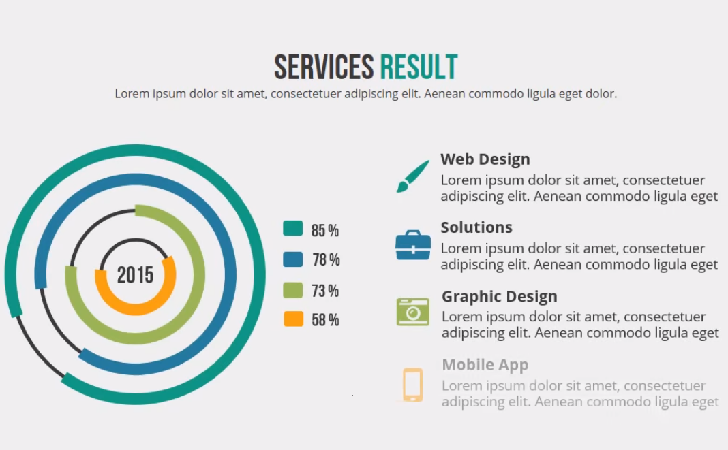It’s About You, Not the Slides
Whatever the purpose is for the presentation, it’s about your purpose or message, what you know, your passion, and your delivery. It’s not about what’s written on the slides. Switch the focus of attention from the slides themselves and onto your message, your expertise, and your grasp of the content -- not to mention your ultimate goal for the presentation itself. You won’t be able to do that if you let the slides themselves dominate the presentation, if you read from your slides, or have so much text on your slides that the audience themselves read the slides instead of listening to you.
Frame Your Story
Let your PowerPoint slides support your Point, not make it. There’s no way you can give a good talk unless you have something worth talking about. Conceptualizing and framing what you want to say is the most vital part of preparation. We all know that humans are wired to listen to stories, and metaphors abound for the narrative structures that work best to engage people. When I think about compelling presentations, I think about taking an audience on a journey. A successful talk is a little miracle—people see the world differently afterward. So, don’t develop slides so you can read them. Develop them to support you. Start with what you need to say by developing your outline, then create slides that complement and emphasize your points rather than starting with a slide and then scripting what you say around the slide.
Develop Stage Presence
For inexperienced speakers, the physical act of being onstage can be the most difficult part of giving a presentation—but people tend to overestimate its importance. Getting the words, story, and substance right is a much bigger determinant of success or failure than how you stand or whether you’re visibly nervous. And when it comes to stage presence, a little coaching can go a long way. The biggest mistake we see in early rehearsals is that people move their bodies too much. They sway from side to side, or shift their weight from one leg to the other. People do this naturally when they’re nervous, but it’s distracting and makes the speaker seem weak. Simply getting a person to keep his or her lower body motionless can dramatically improve stage presence. There are some people who are able to walk around a stage during a presentation, and that’s fine if it comes naturally. But the vast majority are better off standing still and relying on hand gestures for emphasis. Perhaps the most important physical act onstage is making eye contact. Find five or six friendly-looking people in different parts of the audience and look them in the eye as you speak. Think of them as friends you haven’t seen in a year, whom you’re bringing up to date on your work. That eye contact is incredibly powerful, and it will do more than anything else to help your talk land. Even if you don’t have time to prepare fully and have to read from a script, looking up and making eye contact will make a huge difference. Another big hurdle for inexperienced speakers is nervousness— both in advance of the talk and while they’re onstage. People deal with this in different ways. In general, people worry too much about nervousness. Nerves are not a disaster. The audience expects you to be nervous. It’s a natural body response that can actually improve your performance: It gives you energy to perform and keeps your mind sharp. Just keep breathing, and you’ll be fine.
Plan the Multimedia
With so much technology at our disposal, it may feel almost mandatory to use, at a minimum, presentation slides. By now most people have heard the advice about PowerPoint: Keep it simple; don’t use a slide deck as a substitute for notes (by, say, listing the bullet points you’ll discuss—those are best put on note cards); instead, incorporate graphics into your PowerPoint Presentation to evoke emotion. Slides don’t need to have bullets. If you do your presentation slides properly, they will be a guide or support to what you are saying. While you can accomplish that with short bullet points on your slides, you will have more impact with graphics and images. And you don’t need to follow the so-called rules of thumbs for the number of slides since the time you spend on each slide is what should guide you. Take the slide with five bullets and make five separate slides with either just a graphic that illustrates the point or a graphic and a word or two, but without a bullet point. You can spend the same amount of time on the five separate slides as you would on a single five-bullet slide, yet you will end up with more impactful slides.
Putting It Together
The single most important thing to remember is that there is no one good way to do a talk. The most memorable talks offer something fresh, something no one has seen before. The worst ones are those that feel formulaic. So do not on any account try to emulate every piece of advice I’ve offered here. Take the bulk of it on board, sure. But make the talk your own. You know what’s distinctive about you and your idea. Play to your strengths and give a talk that is truly authentic to you.
